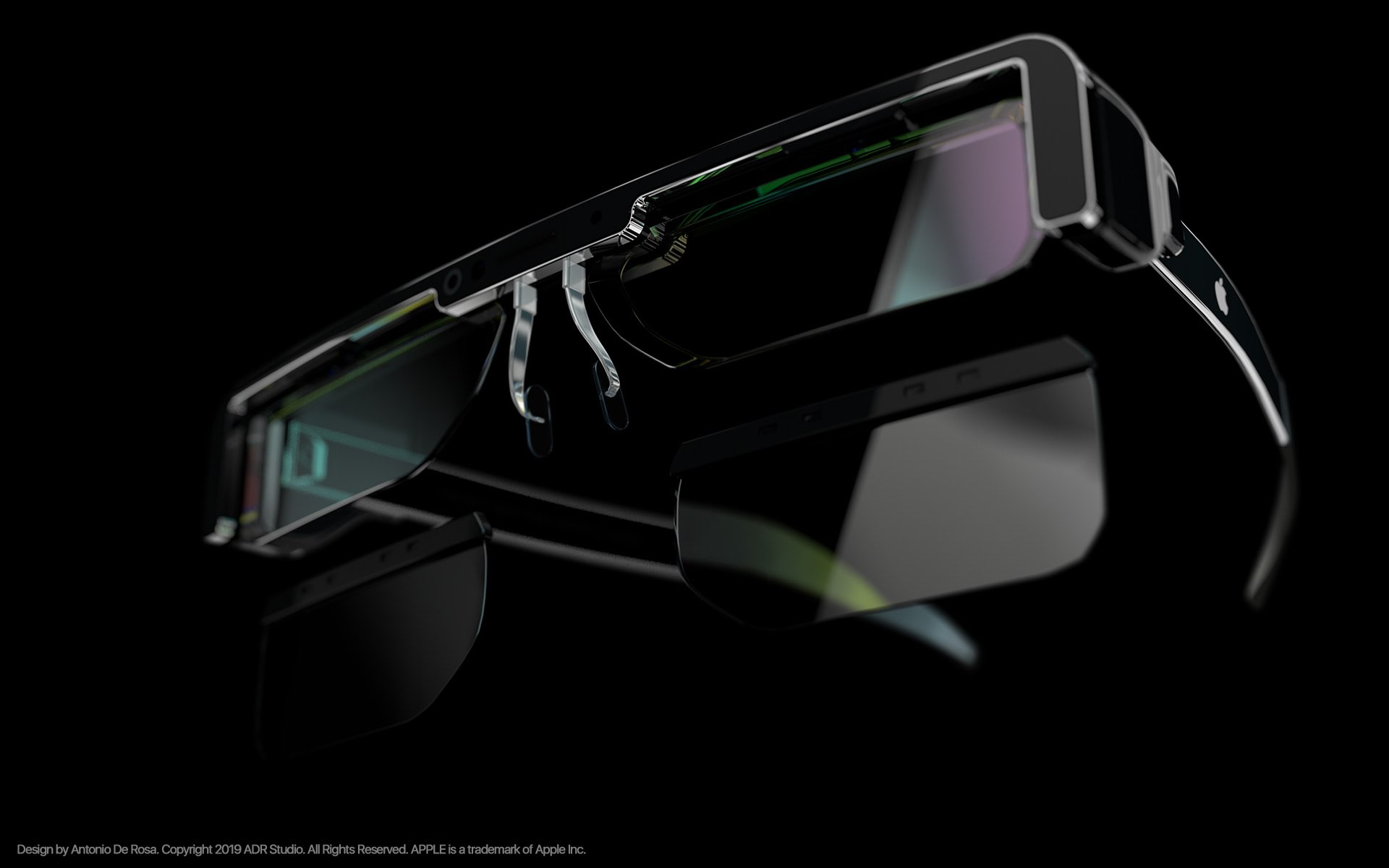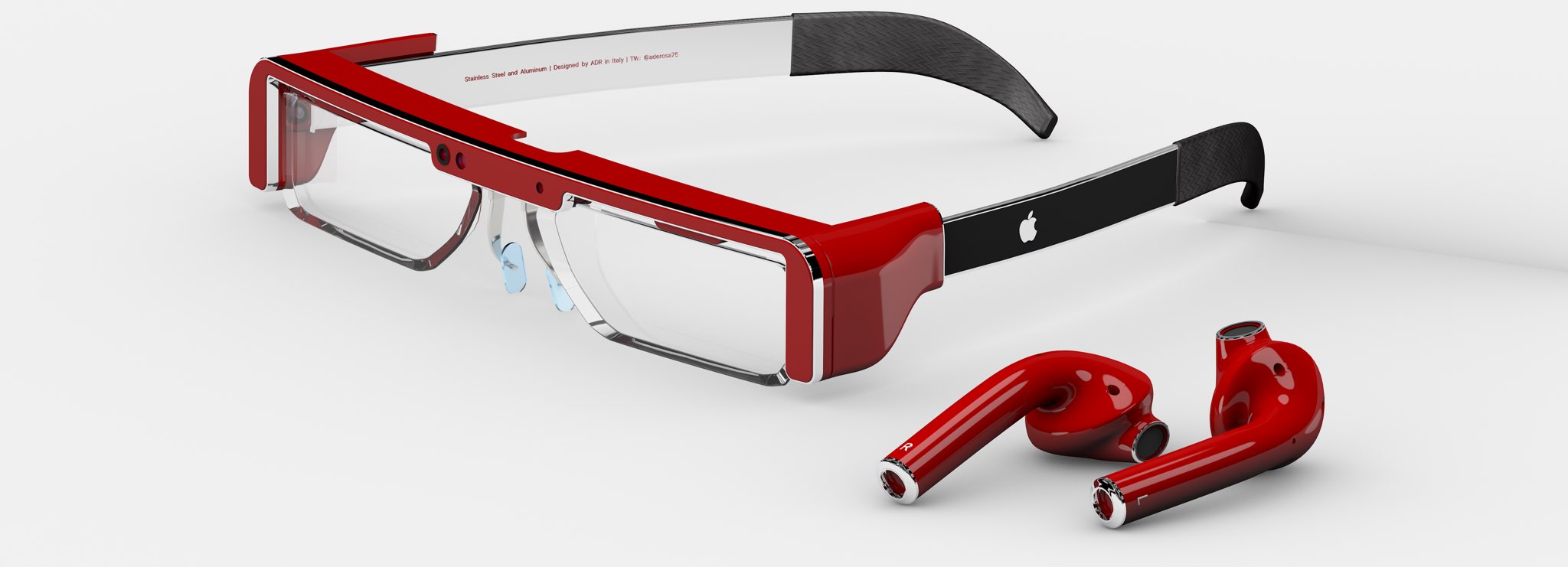
It’s been taken for granted that Apple wants to build an augmented reality accessory rather than a virtual reality device, but a new report Friday from Bloomberg paints a picture of the company’s AR/VR team altering their original plans due to internal divisions.
Mark Gurman, reporting for Bloomberg:
In late 2018, Apple was a few years into its plan to build a powerful headset with both virtual and augmented reality capabilities when things shifted dramatically. Jony Ive, then the company’s design chief, objected to some fundamental aspects of the product and urged Apple to change course.
Apple’s work in this field is in the domain of its secretive Technology Development Group led by former Dolby Laboratories and Avid executive Mike Rockwell, 53, whom the company hired in 2015. In Apple’s hierarchy, Rockwell sits under senior vice president of hardware engineering Dan Riccio. His team of about a thousand engineers has been working on everything from software to hardware to content in the area of augmented reality (AR) and virtual reality (VR).
Apple has reportedly been working on two different AR/VR products:
Gaming and content headset
- Code-named “N301”
- Looks similar to Facebook’s Oculus Quest
- Combines the best of both VR and AR
- Focused on gaming, video streaming and apps
- Dedicated App Store
- Siri
- Optional physical remote
- Pricing yet to be determined
AR glasses
- Code-named “N421”
- Lightweight
- Overlays information like messages and maps in front of a viewer
- Siri
- No physical remote
- Pricing yet to be determined
The story goes on to describe how Jony Ive allegedly persuaded Apple’s leadership to switch from the original vision calling for a powerful wearable product that offloaded heavy lifting to a dedicated hub device to something that could be used standalone:
N301 was initially designed to be an ultra-powerful system, with graphics and processing speeds previously unheard of for a wearable product. The processing capabilities were so advanced—and produced so much heat—that the technology couldn’t be crammed into a sleek headset. Instead, Rockwell’s team planned to sell a stationary hub, which in prototype form resembled a small Mac, that would connect to the headset with a wireless signal. In Rockwell’s early version, the headset would also be able to operate in a less-powerful independent mode.
Ive disagreed…
Ive balked at the prospect of selling a headset that would require a separate, stationary device for full functionality. He encouraged Rockwell and his team to redevelop N301 around the less powerful technology that could be embedded entirely in the device. Rockwell pushed back, arguing that a wireless hub would enable performance so superior that it would blow anything else on the market out of the water.
The standoff reportedly lasted for months before Ive prevailed, winning support from software engineering chief Craig Federighi, semiconductor wizard Johny Srouji and CEO Tim Cook.

Does that mean the current AR/VR product in development is less technologically ambitious? For sure, but as Gurman states in the article, it’s still “pretty advanced”:
It’s designed to feature ultra-high-resolution screens that will make it almost impossible for a user to differentiate the virtual world from the real one. A cinematic speaker system will make the experience even more realistic, people who have used prototypes say.
That said, as the dedicated hub is no longer in the works, graphics probably won’t be as good as they might have been. Ive’s main objection to the original headset + hub combo was that he wanted to avoid Apple promoting technology that would take people out of the real world.
“He preferred the concept of the N421 glasses, which would keep users grounded in reality while beaming maps and messages into their field of vision,” reads ten article.
The Information reported a year ago that Apple tasked software executive Kim Vorrath with “bringing some order” to its AR/VR efforts. The same publication reported last November that the rumored AR headset would launch in 2022 while the lightweight glasses dropping in 2023.
Apple Lens concept images courtesy of Antonio DeRosa